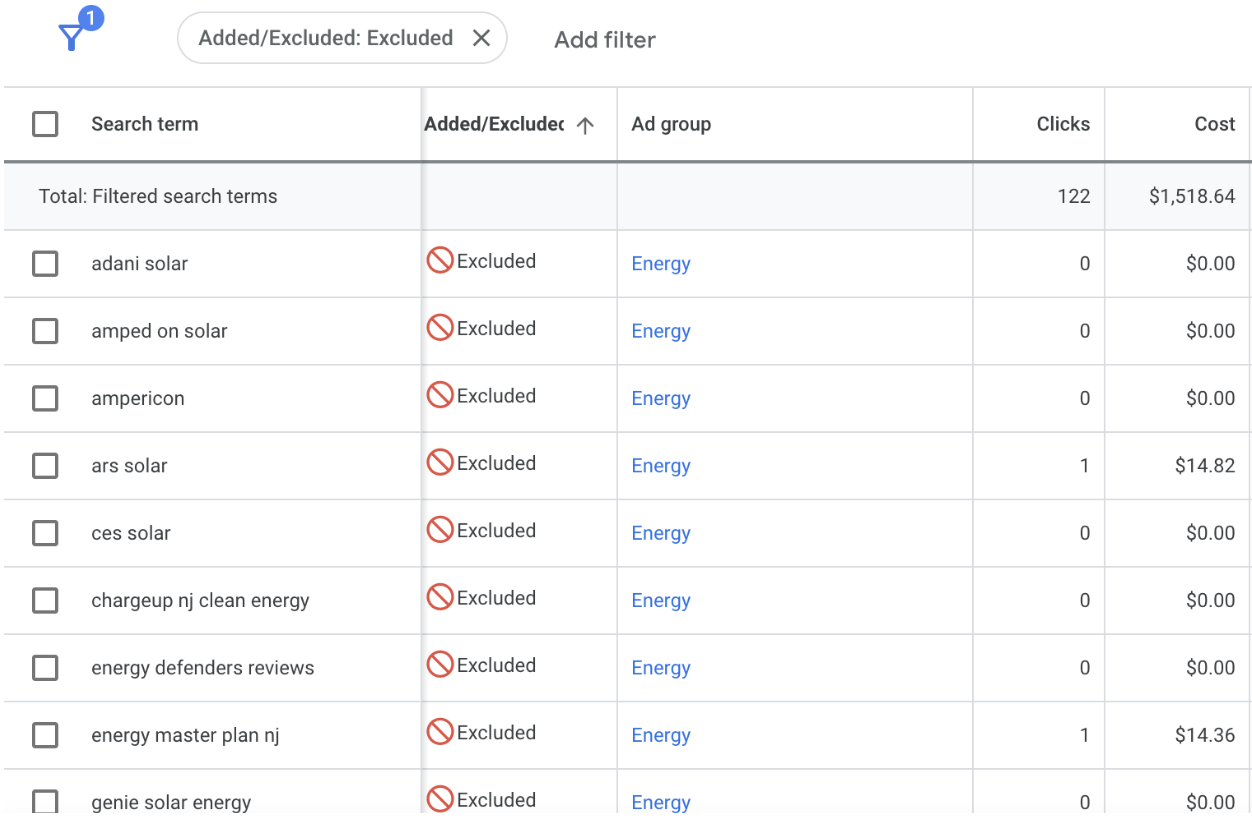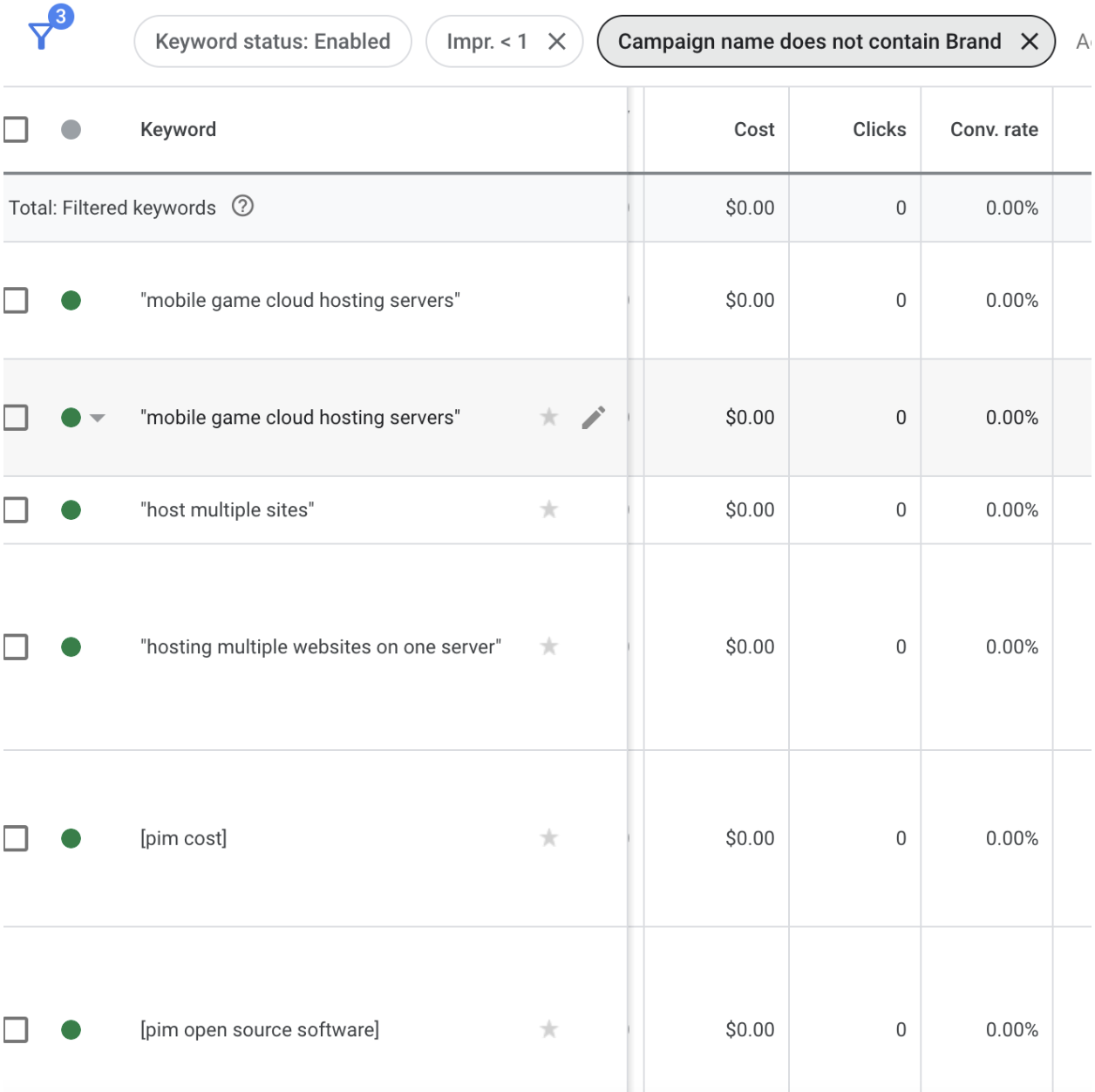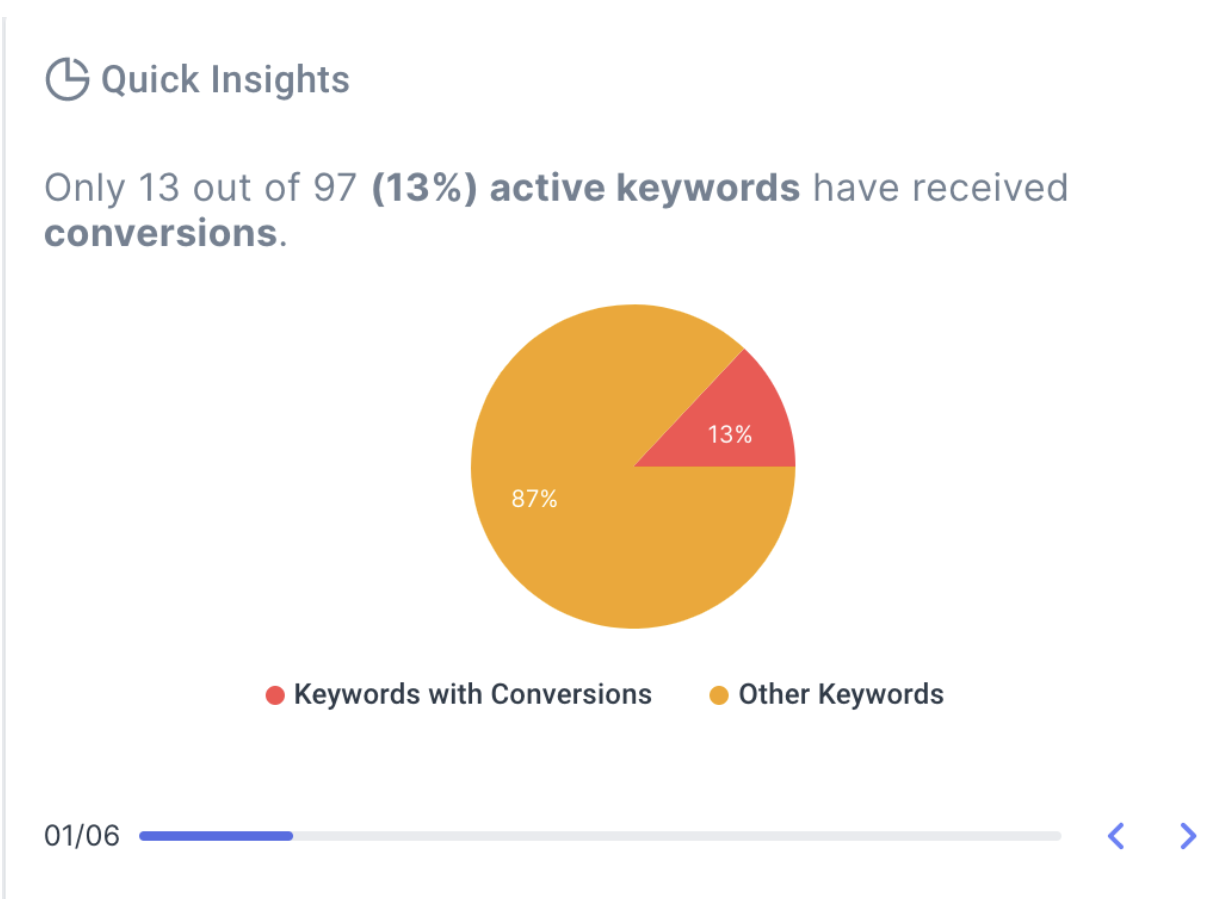Account management is a necessary task that all PPC managers have to perform on a regular basis.
While it can be time-consuming and tedious (like flossing your teeth), it’s unavoidable if you want to keep your account in good health.
In this article, I’ll share four of the most important “campaign hygiene” tasks our PPC managers at WebMechanix perform on an ongoing basis to keep their accounts humming.
1. Audit the search terms report
Auditing the search terms report at different levels is one of the most time-consuming PPC tasks, but also one of the most vital to keep your account’s performance trending up and to the right.
You need to monitor the search terms like a hawk for three key reasons:
1. Make sure the search terms you show for align with what you bid on
This is especially important with the changes Google has made to match types over the last two years. We now see more close variant search terms showing for Exact Match and Phrase Match keywords, some of which are not relevant.
You also need to make sure that the right ad groups are triggering the correct queries. This is a tactic known as “query funneling”. Query funneling by campaign or ad group ensures that the right keyword, ad, and landing page show for the correct query, thereby increasing the chances of a click and conversion.
2. Save money
By looking at the queries, you can start to compile a list of negative keywords. These are keywords that you do not want to show for.
Negative keywords typically fall into two categories:
- Keywords that aren’t relevant to your business goals
- High-click queries that have not led to a conversion.

By excluding these queries, you free up money to spend on relevant queries that do convert well.
3. Find new keywords to bid on
Typically, you can find a few high-converting queries that you may not have as an exact match keyword. By adding these high-converting queries as exact match keywords, you make sure that you show for that query more often.

Bottom line: The search terms report is a goldmine for negatives, new keywords, and ensuring search intent. Mine it frequently and extensively.
2. Monitor your quality scores
Quality score (QS) is often an overlooked metric when assessing account performance.
I find PPC managers often fall into two camps.
Camp 1 says, “Quality score is an important metric to assess and try to improve.”
Camp 2 says, “Quality score, shmality score… doesn’t have an iota of impact on account performance.”
At WebMechanix, we fall in the first camp. We’ve found that you can improve quality score while optimizing your accounts!
Besides, quality score is one of two metrics used to determine ad rank and how much you will ultimately pay if your ad is clicked on. So it’s worth paying attention to.
And since Smart Bidding is prevalent in most accounts these days, quality score can often be your only lever to lower your cost per click (CPC).

When assessing quality score, I look at keywords with high click volume to see which ones have low quality scores, and then the reason Google gives for the low quality score. Finding a high-click keyword with a low quality score due to ad relevance is like finding gold within your account.
With the exception of competitor keywords, you should never have a keyword that has an ad relevance below average. That’s because ad relevance is the easiest metric that a PPC manager can influence.
It can easily be improved by adding the keyword with a low quality score to your ad copy. By doing this simple task, you can end up saving literally hundreds of dollars a month (if not thousands).
Bottom line: Quality score is a powerful lever to lower your cost per click and crank up return on ad spend (ROAS). Make efforts to improve quality score a part of your weekly routine.
3. Prune out non-serving keywords
Easier-to-manage accounts are typically the ones that perform the best. So stop overbuilding accounts and adding an unnecessary amount of keywords to each ad group!
One easy way to make your accounts easier to manage is by removing non-serving keywords. Within almost every account, there will be several keywords that have not shown an impression for a large period of time (often 90+ days).

Ask yourself: Are these keywords really necessary, or are they getting in the way and making it harder to assess performance?
Don’t be afraid to go through and hit “pause” on clutter keywords like these. Your future self will thank you when you go to build reports and optimize your account.
Bottom line: Don’t make your job as a PPC manager harder than it has to be. Clean out dead weight keywords regularly and watch your effectiveness soar.
4. Cut ties with low-performing keywords
I know, you probably picked the keyword and really feel that it should be performing for you. But if a keyword isn’t delivering results within a reasonable period of time, you have to make that critical decision and pause.

When onboarding new accounts, this is one of the first tasks our account managers perform. We have seen accounts where only 2% of the keywords that had been clicked over the last 30 days were responsible for a conversion. That’s a lot of wasted spend!
By pausing the high-click non-converting keyword, you are able to spend more on your high-converting keywords — which means more bang for your PPC buck at the end of the day.
Bottom line: Stop wasting spend on low-performing keywords, especially if you have high-converting keywords that are losing search impression share due to budget constraints.
Block and tackle like the PPC pros to win on search
No one said everything about managing a paid search account would be sexy.
In fact, it’s often the unsexy things done consistently over time that drive growth, not the flashy or big sweeping account changes.
And you don’t have to go at it alone — Optymzr has some great PPC tools to help make that daily PPC grind a little bit more automated.
But by executing these four activities on a consistent basis, you’ll be doing the work that most advertisers are too lazy to perform. And you’ll get the results those other advertisers can’t.











